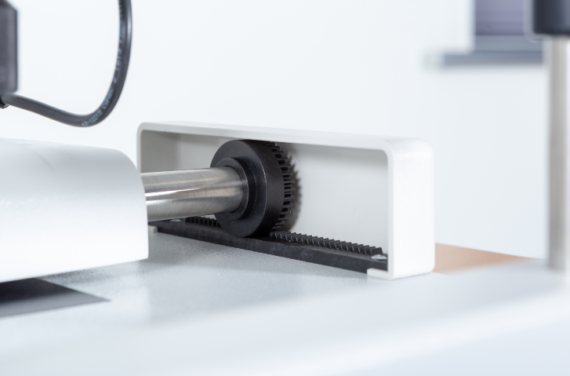
Both devices showed excellent correlations for total ocular aberrations. The repeatability estimates for wavefront aberrations using Pentacam AXL Wave were significantly better than those using iTrace. Both devices showed excellent correlations for ocular aberrations (total HOAs LOAs coma and SA ). The mean differences between 2 devices were insignificant for the comparison of all parameters, except for spherical aberration (0.011 P =. The S w, TRT, and CoV of all aberrations were significantly lower (better) than those of iTrace ( P <. Pentacam AXL Wave had repeatability with an ICC for total ocular aberrations ranging from 0.84 for HOAs to 0.92 for LOAs and for corneal from 0.76 for HOAs to 0.86 for LOAs. Results:ġ00 eyes of 100 patients underwent measurements. The Bland-Altman analysis was used to assess 95% limits of agreement (LoA) and the correlation coefficient ( r) to determine strength of relationship between measurements. Repeatability was assessed using within-subject (S w) SD, test–retest variability (TRT), S w coefficient of variation (CoV), and intraclass correlation coefficient (ICC). Lower-order aberrations (LOAs), higher-order aberrations (HOAs), and coma and spherical aberrations (SAs) were analyzed. Methods:Īll eyes of patients underwent 3 sets of measurements at a single visit, using Pentacam AXL Wave and iTrace. corneal aberrations, users have more information and a better understanding of patient's vision and the structures affecting it and therefore can make better treatment decisions.To assess repeatability and agreement of the Pentacam AXL Wave with that of the iTrace aberrometer. The iTrace can increase users' confidence in vision analysis, even in difficult cases, with its highly accurate, state-of-the-art diagnostic information improving efficiencies, saving time and avoiding mistakes.īy identifying the origin of the aberrations through the unique analysis of lenticular vs. The iTrace measures quality of vision and visual function using a fundamental thin beam principle of optical ray tracing, a first in eye care diagnostics. For the first time, eye care practitioners can truly understand, and better treat, vision complaints. The iTrace Ray Tracing Wavefront Aberrometer and Corneal Topography gives you a better aberrometer design and better information, so that you can make better decisions. With iTrace, users can objectively "see what the patient sees" with a total quality of vision assessment. You can also have better information about the patient's optical system's alignment so that you can decide which IOL is best for the patient. Additionally, general eye care specialists can use this information to select and recommend the best vision correction treatment.

Modern laser technologies enable a more finely controlled cornea reshaping with an array of points of varying corrections across the eye.

Surgeons benefit from this information when planning surgical procedures such as refractive lensectomies, AK's, Accommodative and Multifocal IOL's and for post-op evaluations. iTrace Wavefront Aberrometer Tracey Technologies Conventional means of sight correction, like glasses or contact lenses, deal with global parameters of eye refraction. This 5-in-1 system provides auto-refraction, corneal topography, ray tracing aberrometry, pupillometry and auto-keratometry, saving time, space and money.īy integrating wavefront aberrometry with corneal topography, the iTrace provides a unique analysis that subtracts corneal from total aberrations in order to isolate the internal aberrations of the eye. The iTrace sequentially projects 256 near-infrared laser beams into the eye to measure forward aberrations, processing data point-by-point.

It offers easy to interpret reports, is simple to integrate, networkable and saves time, space and money. The iTrace Ray Tracing Aberrometer/Topographer is a 5-in-1 system that provides auto-refraction, corneal topography, ray tracing aberrometry, pupillometry and auto-keratometry. Visual analysis is not based only on sphere, and cylinder – iTrace offers an objective perspective of the complete visual pathway, analyzing aberrations from low to high order. The iTrace™ combines, auto refraction, corneal topography, auto-keratometry, wavefront aberrometry and pupillometry in one system.


 0 kommentar(er)
0 kommentar(er)
